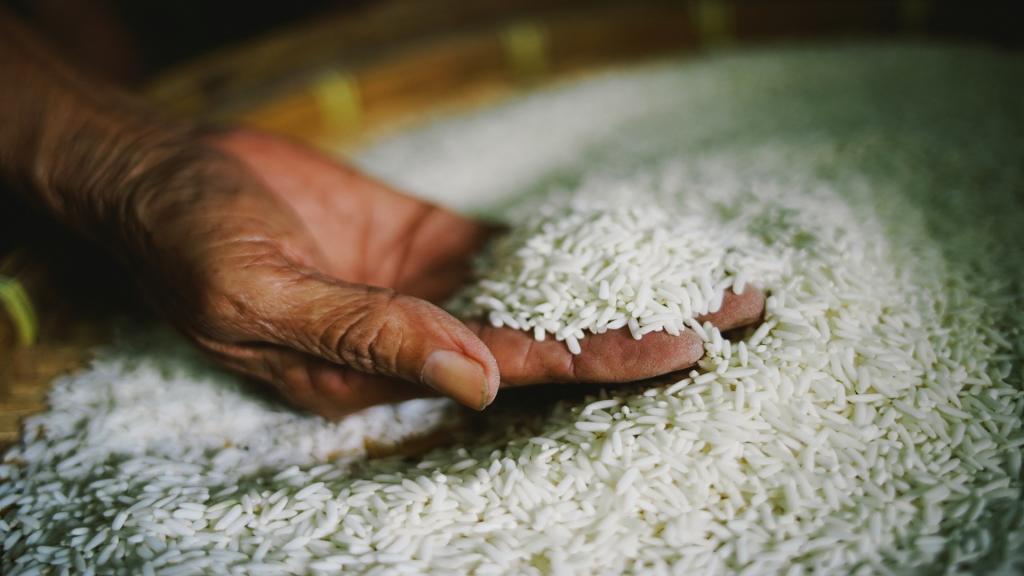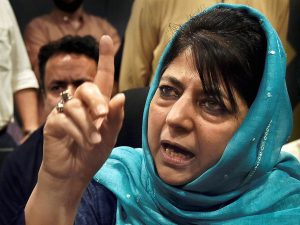
Soaring Rice Prices in Kashmir Put a Strain on Households
The price of rice, Kashmir’s most popular food grain, has virtually doubled since the government reduced its ration allocation limit, prompting Kashmiris to endure an unprecedented rise in its pricing that is putting pressure on the consumers.
A popular brand of rice used in Kashmir that was formerly sold for Rs 2500 per quintal is now marketed at Rs 4500 per quintal, the price of rice in the open market during the past five months.
Similar to how locally produced rice used to cost between Rs 2500 and Rs 3000 per quintal, it is now priced between Rs 4600 and Rs 5500 per quintal.
The government-supplied subsidised rice is priced at just Rs 1600 per quintal.
Rice is a staple food in Kashmiri households, so rising rice prices are pinching everyone.
The government has announced an additional quota of rice for priority households, but non-priority households were left out and priority households too are also complaining that the quota is not enough to meet their average needs.
“The increase in rice prices has been unprecedented. I work as a salesperson and have a family of seven to feed. Because the food supplies department’s ration quota is insufficient to fulfill my needs, I have to buy it in the open market, where the price has increased by 100 percent, making the poor feel helpless,” said Javid Ahmad, a Soura resident.
Iftikhar Ahmad, another consumer, said that since Kashmiris consume quite a bit of rice, the 15 kg limit per person was appropriate for them.
However, reducing it has caused financial hardship for the average person as rice prices are rising daily.
“An increase of Rs 2000 per quintal is too much for the people,” he said. “The government should reinstate the old rice allotment quota to ensure that nobody in Kashmir goes hungry. Last year, I bought locally produced (Kashmir) rice for Rs 3000 per quintal, which is now being sold at Rs 5000 per quintal.”
According to a senior official of the Food, Civil Supplies and Consumer Affairs Department, customers in the region used to receive 15 kg of rice per person each month.
“Under the National Food Security Act (NFSA), the Jammu and Kashmir Food Entitlement Scheme (JKFES), and the Pradhan Mantri Garib Kalyan Anna Yojana (PMGKAY), consumers receive 5 kg apiece now,” he said. “Following the COVID-19 pandemic, the PMGKAY was launched in March 2020. On December 31, 2022, it was discontinued, and the J&K administration subsequently shut down the JKFES.”
However, last month, Lieutenant Governor Manoj Sinha announced an additional ration of 10 kg per month at subsidised rates for priority households, a decision which would benefit over 57 lakh people.
“There are 2.29 lakh families which get 35 kg ration free of cost. For priority households (PHH), a 5 kg ration per person is given free of cost. If there are two people in the family, then it is 10 kg, if three, then 15 kg.”
The LG had said that there are about 14.32 lakh ration cardholders under the PHH, with 57.24 lakh beneficiaries.
However, experts regret that the conversion of agricultural land for non-farm practices has left the residents of the region dependent on outside supply to fulfill their food needs.
Meanwhile, the growing price of rice has meant high returns for the farmers.

